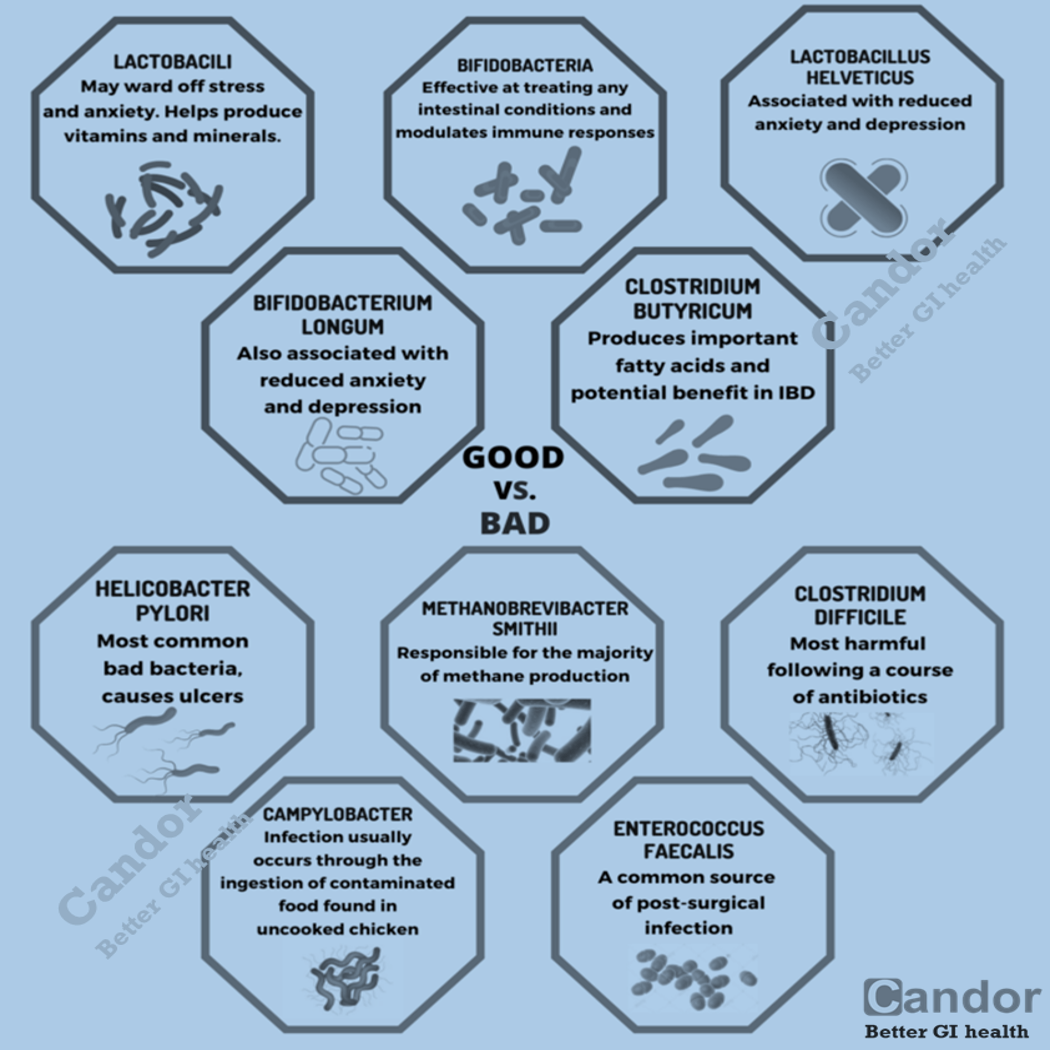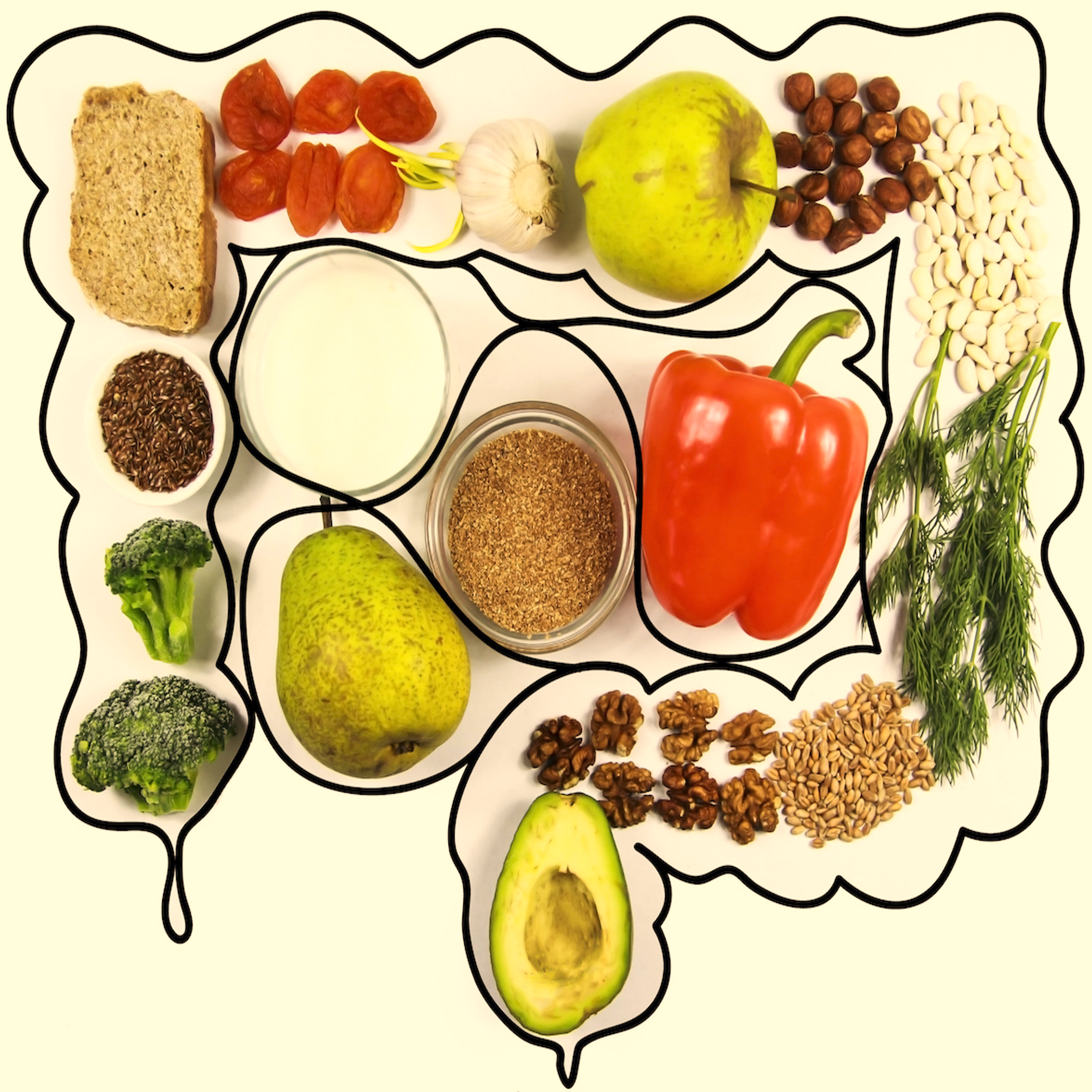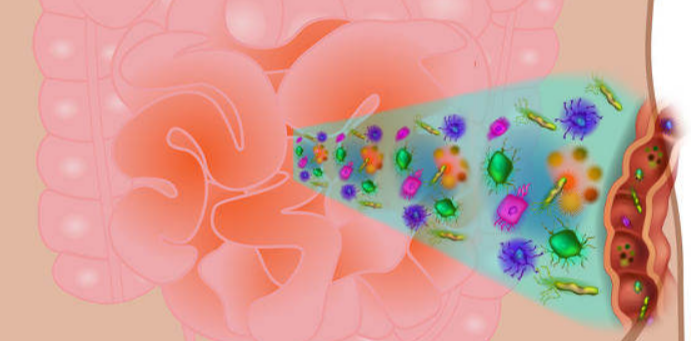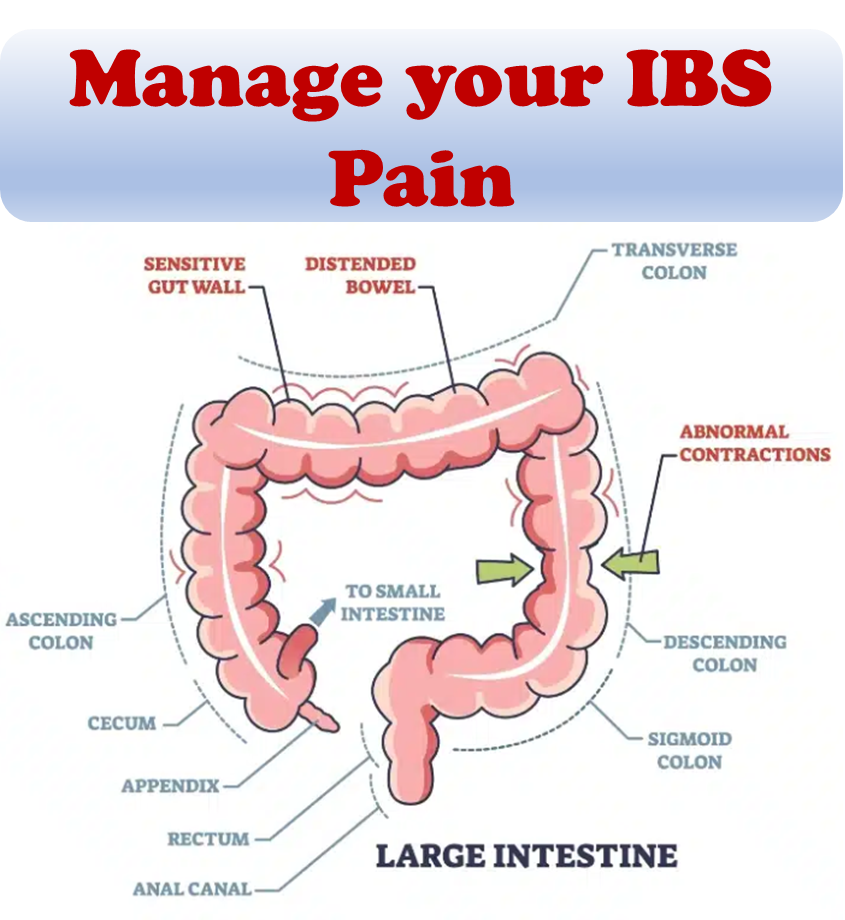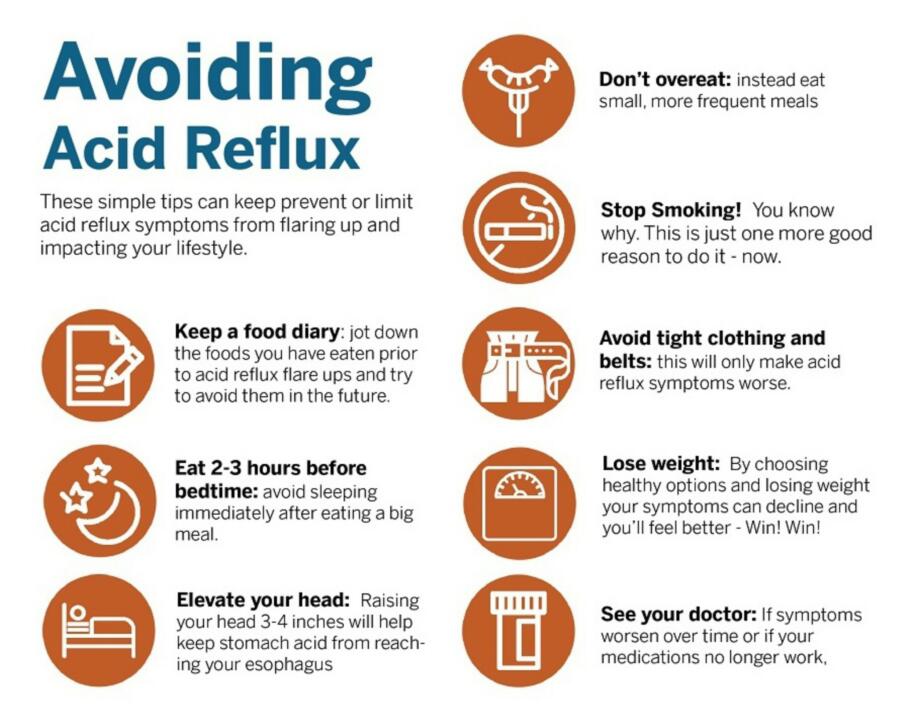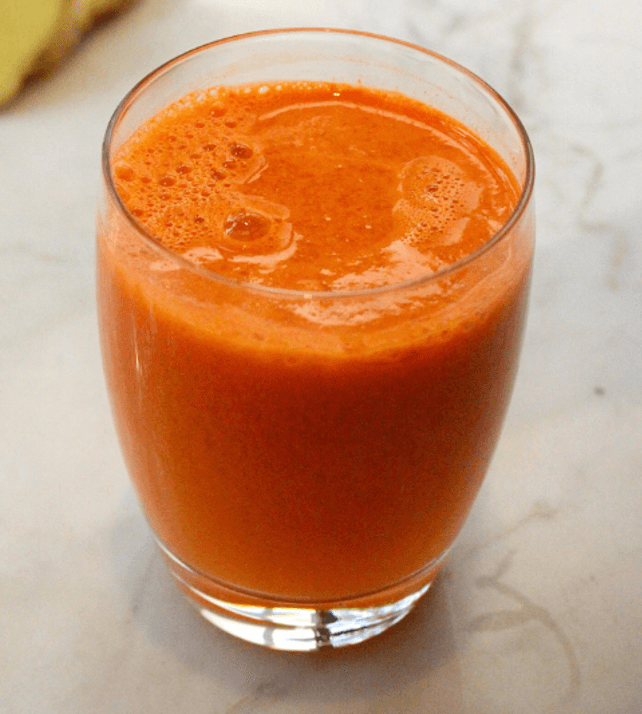How Common are Gastritis and Gastropathy
H. Pylori gastritis is the most common type of gastritis, and nearly everyone who is infected with H. pylori develops chronic gastritis. About half of the world’s population is infected with H. pylori bacteria, and this infection is more common in developing countries than in developed countries.
About 35 percent of the U.S. population is infected with H. pylori. H. Pylori infection and gastritis are more common in older people than in younger people. While the bacterial infection most often begins during childhood, H. pylori infection has become less common in the United States over time. H. pylori infection is present in about 10 to 15 percent of U.S. children younger than age 12 and in about 50 to 60 percent of U.S. adults older than age 60.
References:
1. NIH
2. NIDDK
Join the conversation at https://www.facebook.com/getcandorapp


